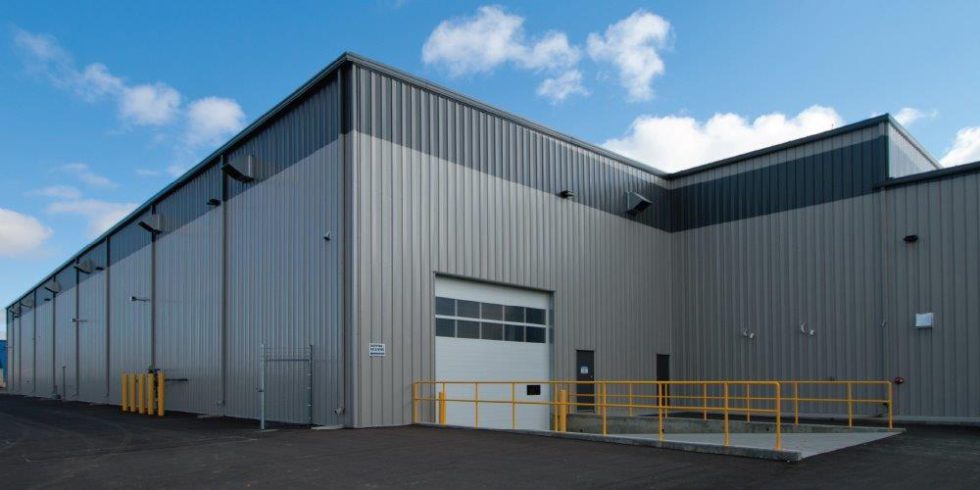Warehousing: Warehousing Functions, Importance, And Benefits

Warehousing is the process surrounding goods stored in storage, including storage, maintaining, and processing. Warehousing is the process of holding physical goods prior to sale or subsequent distribution, within a specific warehouse or warehouse setting. Warehousing is the act of storing products or goods for distribution or sale at a later time. Warehousing is when you buy goods from the manufacturer and keep them in storage until you can send them off to another location to fulfill.
The primary function of a warehouse is to store products or goods before moving them to another location. Usually, warehouses are used strictly for storage purposes, but some are used to distribute goods as well. If you wish to track your raw materials, finished goods, and other storage needs, you will have to find warehouse for rent melbourne.
When you outsource storage to a warehouse, your company is free to utilize their existing space for product development and process participation. When you are not limited to having to store all of your inventory, materials, or components in a production plant, you can focus on your core business, which is producing your products. The production gap can be reduced with utilizing the warehouse as the central place for all of your goods storage.
When there is an oversupply of goods on the market, you can prevent a drop in goods prices by keeping a portion of the inventory in the warehouse. In the event of increased demand, the increase in prices of goods can be controlled by releasing goods from storage. If there is an oversupply of goods on the market, producers may keep products in storage, which they may then sell at favorable prices when appropriate.
When demand becomes greater than immediate supply and production, then it is possible to put the products on the market. A warehouse for sale melbourne may hold goods as demand for them decreases among suppliers within your supply chain.

Warehouses assist by holding goods every time the supply outpaces the demand from the market, and then release inventory when demand picks up. Some warehouses do more than just offer storage, they help in finding buyers for goods, either by charging commissions/fees. Distribution Warehouses involve processing, distributing services, transporting, and fulfilling orders.
Warehouses serve as a hub of storage for products, and distribution centers hold and fulfill orders in the same spaces.
Warehouses are an essential part of the product delivery process for suppliers, as well as order fulfillment. Warehouse management plays a strategic role in a supply chain, by enabling the inventory allocation, sorting, or cross-docking processes that seek to fulfill increasing demand from markets.
Warehouses contribute to improving the usefulness value of goods within the supply chain. Warehouses consolidate your goods, giving you solid data on when you need to deliver and replenish. Warehouses provide a year-round availability for seasonally-based goods, and they assist in getting it out to customers/relevant markets as needed.
The finished goods are stored in the warehouses and brought to the markets according to the requirements and provide year-round continuity to business operations. To move the finished goods along the supply chain, much inventory is shipped from a producer, usually overseas, to the warehouse. A distributor delivers the finished goods inventory to a retail store or a carrier, where customers collect the products. From a warehouse, sold products are shipped either to a manufacturer or a distributor.
The importer may keep imported goods at the bonded storage facility in the port. The importers may transfer the title to stored goods without moving them out of the warehouses. Also, an agreement is arranged between the owners and warehousing providers, in which goods stored are insured against any damages which may happen during storage of goods at a warehouse.
Warehouse handling procedures permit the receipt, storage, and discharge of supplies according to documentation on the material movement, the security of supplies, current upkeep of supplies taking into account sensitive goods, all materials records, and inventory management. In its most basic form, the warehouse operations covers processes for tracking and moving goods within and across a warehouse.
For instance, warehouse administration involves optimizing use of storage spaces in order to maximize storage for inventories; making inventories easier to locate by employees; providing sufficient manpower; effectively filling orders; and coordinating communications with suppliers and shipping companies to make sure materials are received on time and orders are shipped. In short, warehouse management systems (WMSs) help to make sure goods and materials are moving in the most efficient, cost-effective ways. Warehouse management is considered to be a keystone in a logistics ecosystem, since it comprises activities like balancing the inventory, managing materials, picking processes, employee productivity, tracking goods movements, etc. A solid WMS is a software application designed to optimize an entire operations process, which could benefit a company and also a client. Warehouse operations refers to the processes taking place within the warehouse that revolves around moving goods around and keeping track of the inventory.
Warehousing logistics refers to storing goods and inventory at a warehouse prior to shipment. Warehouse facilities possess storage facilities and transportation logistics experience, which allows for the safe storage of inventory until it is needed. Basically, warehouses are ideal for holding excess goods that customers and clients do not immediately require. When arranged in very strategic locations, warehouses can be transportation hubs, receiving deliveries until they can move on to other warehouses around the country.

